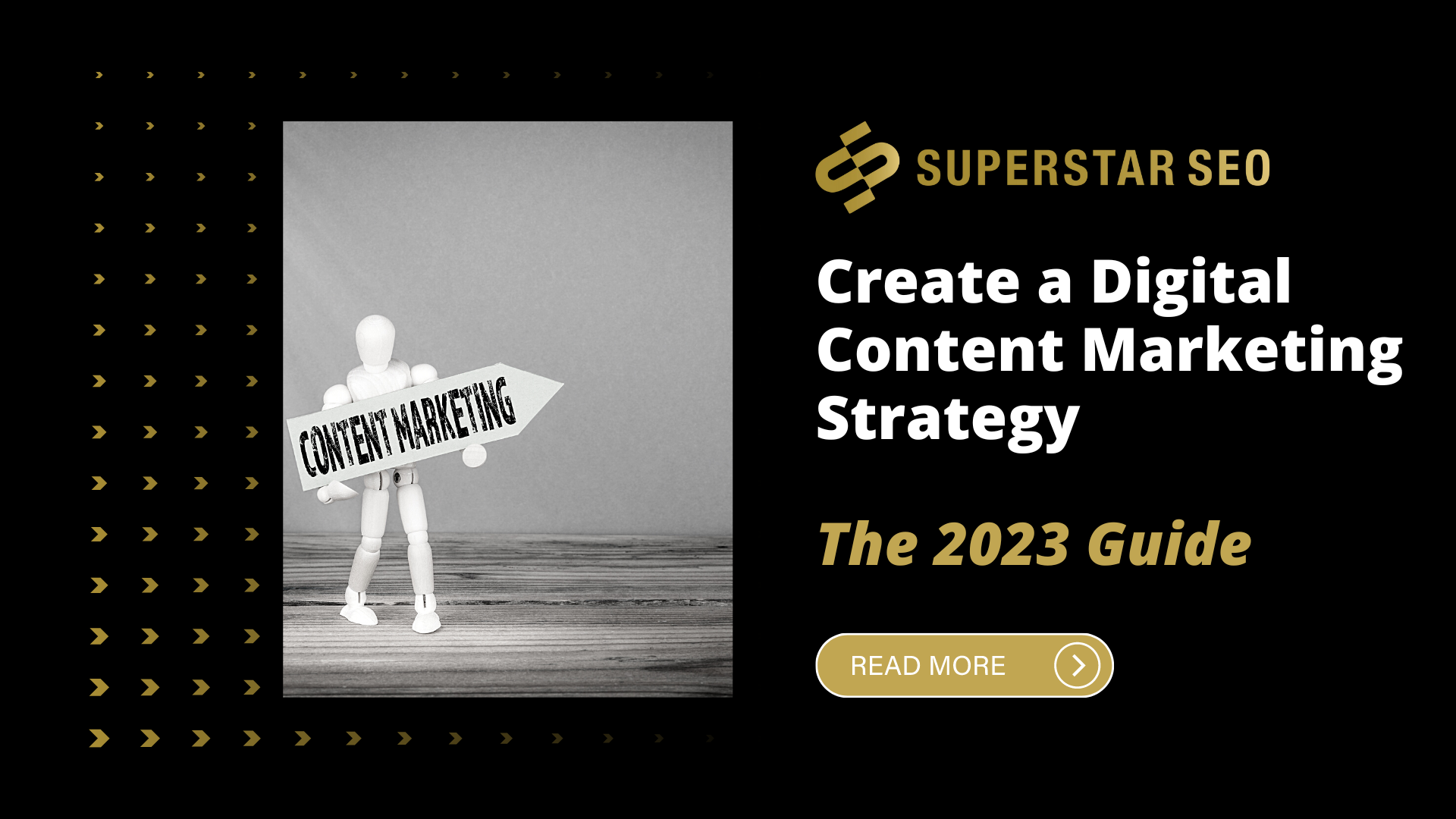Create a Digital Content Marketing Strategy: The 2024 Guide
A well-crafted digital content marketing strategy is no longer just an option—it’s a necessity for every business, regardless of industry or product offerings. As search engines continue to evolve, ensuring your strategy aligns with their algorithms is crucial for visibility and success.
However, with the abundance of content marketing resources available today, creating an effective content marketing strategy can feel overwhelming, often leaving you more confused than when you started.
This comprehensive guide will equip you with the knowledge and tools to create high-quality content that resonates with your target audience.
We’ll help you identify key trends and opportunities in content marketing. You’ll learn how to integrate your digital content marketing strategy into your overall social media strategy. Our guide will ensure your content marketing efforts are both efficient and effective in driving results in 2024.
Should All Companies Invest in Content Marketing?
The answer, unequivocally, is yes.
Content marketing means creating content that your target market wants to read, watch or hear in order to help you meet your business goals.
You can do that in any number of ways—blog posts, podcasts, webinars, and other online video content are all part of content marketing.
It’s never too early or too late to start with content marketing.
Content marketing is one of the most powerful ways to build your brand and connect with your audience while also helping your website rank higher in SERPs.
But it’s not just about producing content.
It’s about producing the right content at the right time.
You can produce digital marketing assets and publish them whenever you have something relevant to say.
But if you want to get social, you need to engage your audience, not just talk to them or sell them something.
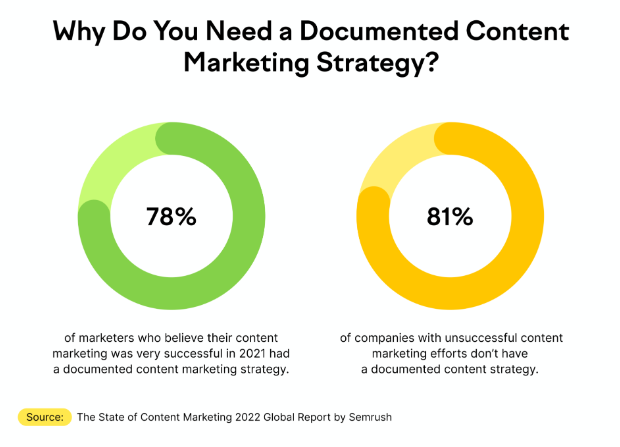
In a world where consumers are constantly bombarded with thousands of messages every day, it’s vital your brand stands out from the crowd by offering something unique and valuable.
And while there’s no single magic formula that will help you achieve this, creating engaging content is a great place to start.
The slow and steady approach works as long as you add value and service your customers with your content.
So start now and attract organic traffic.
Key Questions to Ask Yourself Before Coming Up with a Strategy
What is my goal with content marketing?
Content marketing can be used in any number of ways to help your business or brand stand out and connect with your customers.
To figure out what kind of content marketing strategy you want, first, you need to determine what goals you hope content marketing will help achieve for your company.
Are you trying to drive more leads? Do you want people talking about your product? Are you looking for some free PR?
Identify exactly what it is that drives traffic, sales, and engagement from content marketing efforts, then build that into your strategy going forward.
Who is my target audience? Which content marketing strategy template should I use?
What is my expertise? Can I make my content interesting and useful for my target audience? If so, how? On which channels will this content be most effective?
Remember that content marketing takes real time and effort. So, do not get discouraged if you don’t see immediate results.
Instead, focus on making your effort consistent and creating a sustainable model for attracting customers organically.
How to Create a Digital Content Marketing Strategy
1. Identify Your Audience
This is your first step in creating your digital content marketing strategy.
Identifying your audience means determining who you want to reach and how best to reach them. Effective keyword research is the foundation of any successful content marketing strategy, helping you understand what your target audience is searching for.
Having a documented content marketing strategy is crucial to ensuring consistency and effectiveness in your digital marketing efforts.
If you can’t effectively identify and define your target audience, then it’s not going to be very easy for you to create valuable content for them.
So what’s involved in identifying your target audience? How do the B2C and B2B buyer personas differentiate?
Keep in mind that while your buyer personas will form the base for your content strategy, your entire audience is much larger.
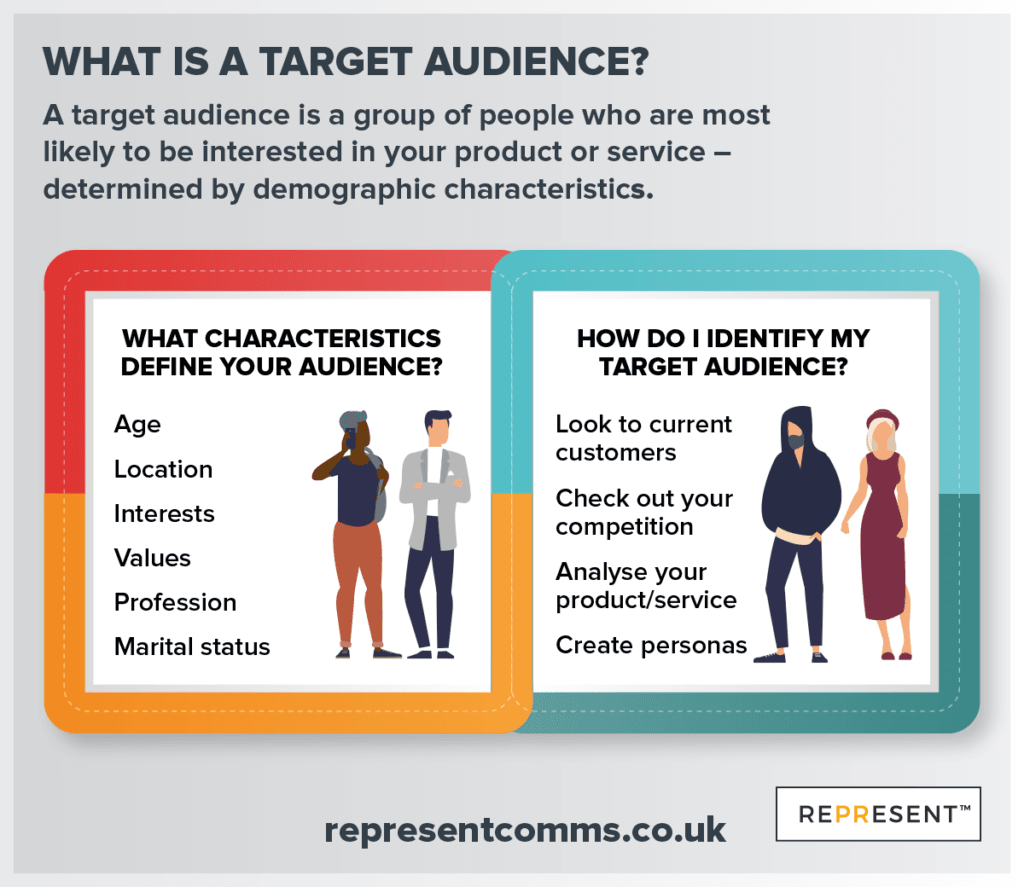
After all, audiences include people who begin interacting with your company long before they intend to make a purchase.
That’s why it is essential to deliver organic content that will attract your potential customers before they enter the buyer journey.
2. Put Brand Storytelling at the Heart of Your Strategy
The digital world means brands have multiple touchpoints and audiences with which they can engage—not just in social media platforms but on email, website, mobile, and so on.
As more people live their lives online (and never even bother with print), it’s essential that your content marketing strategy supports you on all these channels.
The trick is crafting an integrated plan where everything works together seamlessly; any gaps could confuse consumers about who you are and what you stand for.
As such, it’s essential that create a content marketing strategy includes brand storytelling at its heart.
To increase brand awareness and improve conversion rates, you should optimize your content for better search engine rankings and concentrate on lead generation.
Brand storytelling helps translate your company mission and unique identity using narrative structures.
It is perfect if you want to define your brand’s value proposition.
It can become the foundation for your successful content marketing strategy, differentiating you from the competition.
3. Define Your Content Marketing Mission Statement
Your content marketing mission statement is the single most important thing you need to create a successful content marketing strategy.
It’s the first thing your audience sees when they land on your site, and it will have a huge impact on how they feel about your brand.
A good mission statement should be short and sweet, with a clear purpose.
It summarizes why you are creating content and offer information on who benefits from it.
For example, “We help people save money” doesn’t tell me much about what one can expect from this site.
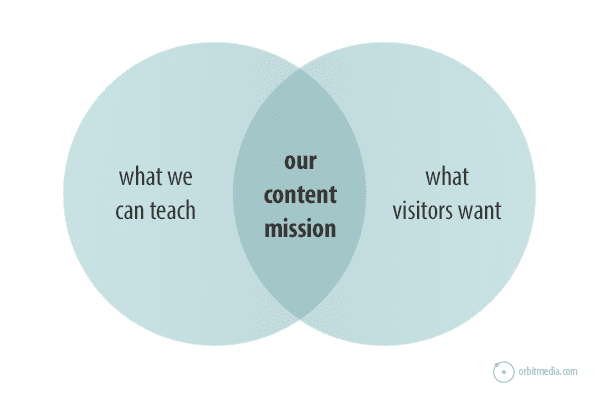
The best way to get started is by writing down what you want to achieve in a few sentences — then go back over those sentences and make sure they’re clear and concise.
Also, your mission statement includes the audience you are creating your content for and how you will help them achieve their goals.
4. Choose Content Goals That Resonate with Your Brand
Your goal isn’t just to share a bunch of information that’s easy to digest; it’s to create content that resonates with your audience.
This means the message you share should be relevant, valuable, and helpful for them — whether it’s a piece of content on your website or social media account, a blog post, an email campaign, or other promotional messages.
Providing value to your audience is integral to a successful digital content strategy.
But in addition to attracting new readers and followers, content marketing should drive your business forward.
That’s why you need to identify business goals your company needs to achieve. Your business goals will guide you in choosing the right content types and the key performance indicators (KPIs) to track your progress.
Then figure out how content marketing will bring your company closer to those goals.
5. Organize Your Content Production
These are questions that will help shape your content plan.
How many content pieces do you think will be necessary?
Are there certain topics on which your business is an expert and should produce more frequently?
Do certain types of content perform better than others or generate more leads or sales for your business?
How many resources do you need to create this type of content?
How should you organize my content calendar?
Getting all of that information together—and knowing how it fits into your overall strategy—will help guide you as you begin creating and producing content.
There are always some resources online that can give an idea of what kind of content to produce.
But also remember that creating great, compelling content begins before production.
6. Audit Your Current Content
Content audits are an integral part of content marketing.
An audit involves analyzing your existing content to find out what’s performing well and what isn’t.
You can also use an audit as an opportunity to plan new content around your weak spots; for example, you could create an e-book or PDF that offers advice on topics not currently covered in your work.
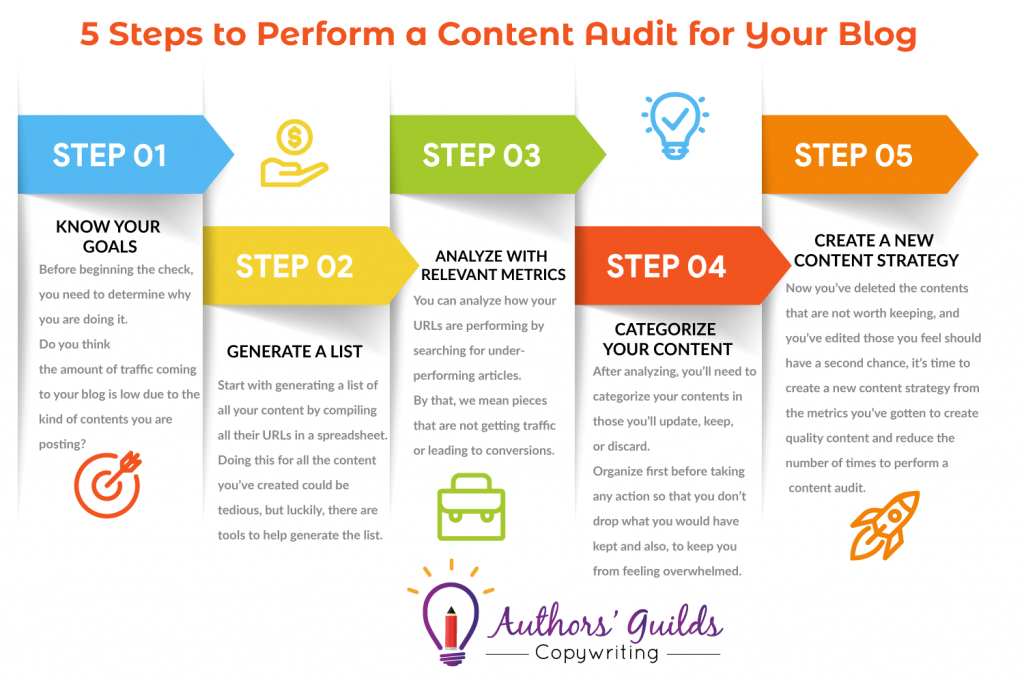
After completing your own audit, it’s worth looking at other sites with similar audience sizes or business models, just so you get an idea of where they excel over you—and how they can help inspire future pieces of content.
Audit away!
7. Think About Content Curation to Increase Traffic
Curation is another effective and cost-effective digital marketing strategy.
Using content curation best practices in digital content marketing gives your audience relevant information about topics that interest them.
Use social media platforms such as Twitter and Facebook, as well as online communities, including blogs, forums, and Wikipedia, to find content that pertains to your products or services.
The more relevant content you can share with people who are likely customers, the more engaged they’ll be.
In turn, that increased engagement translates into higher traffic for your site because those users will come back more often looking for new updates.
8. Optimize Your Content Funnel for More Conversions
A content marketing funnel is a series of steps that you take to help consumers make decisions about what they want from your content.
A content marketing funnel is a tool for measuring the success of your content marketing efforts.
It’s a process that begins with creating a list of key customer personas, followed by creating content that appeals to them and their needs depending on which stage they are in.
This process is more effective than simply posting content online and hoping people find it.
This funnel has three main parts, and your content should provide different values to different customers.
Conclusion
It’s no secret that content is king on today’s web (it hasn’t been a secret for yearssss now.)
So how does your business stack up against its competitors?
If you want to compete with any degree of success, you must create and distribute compelling digital content.
The best way to stand out in today’s digital landscape is by creating a solid digital content marketing strategy—one that includes regular blogging, video production, and social media sharing (among other things).



